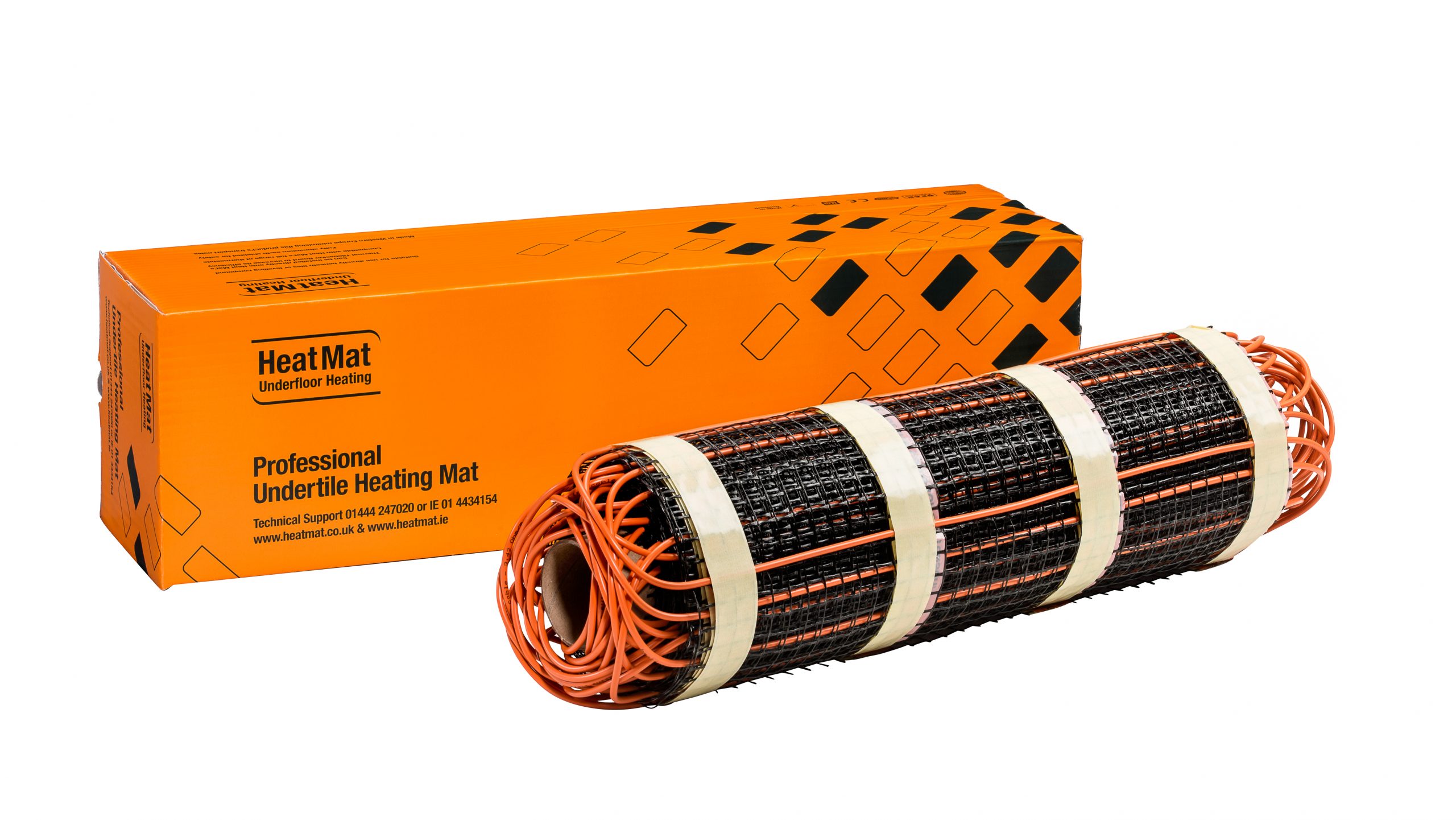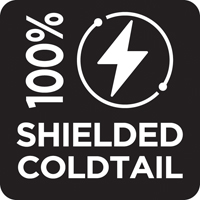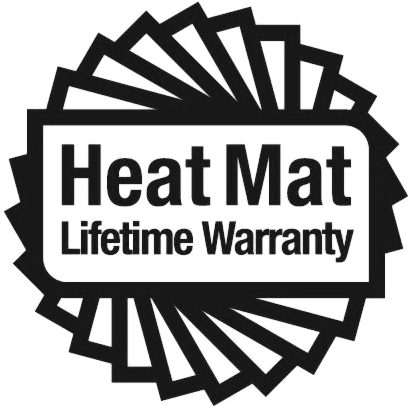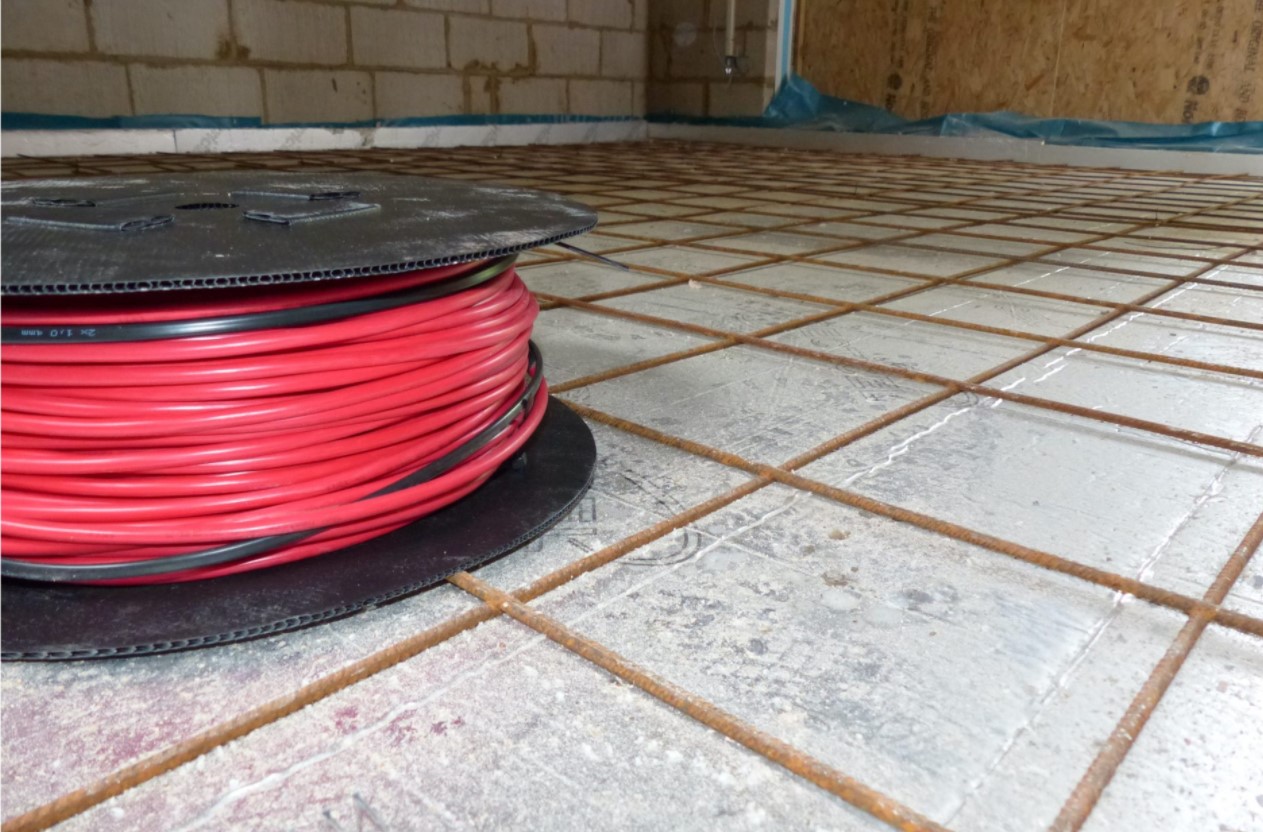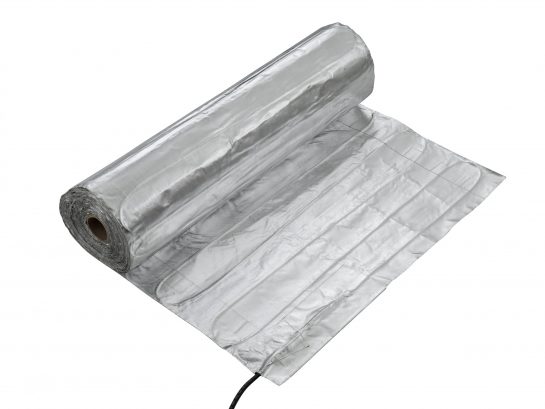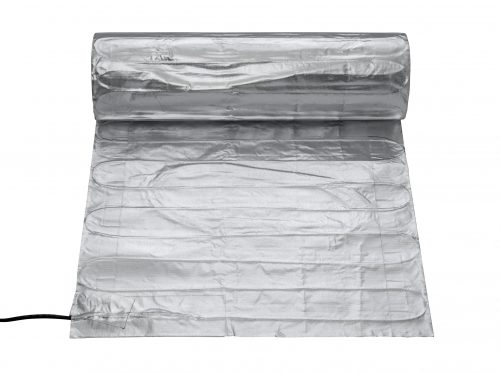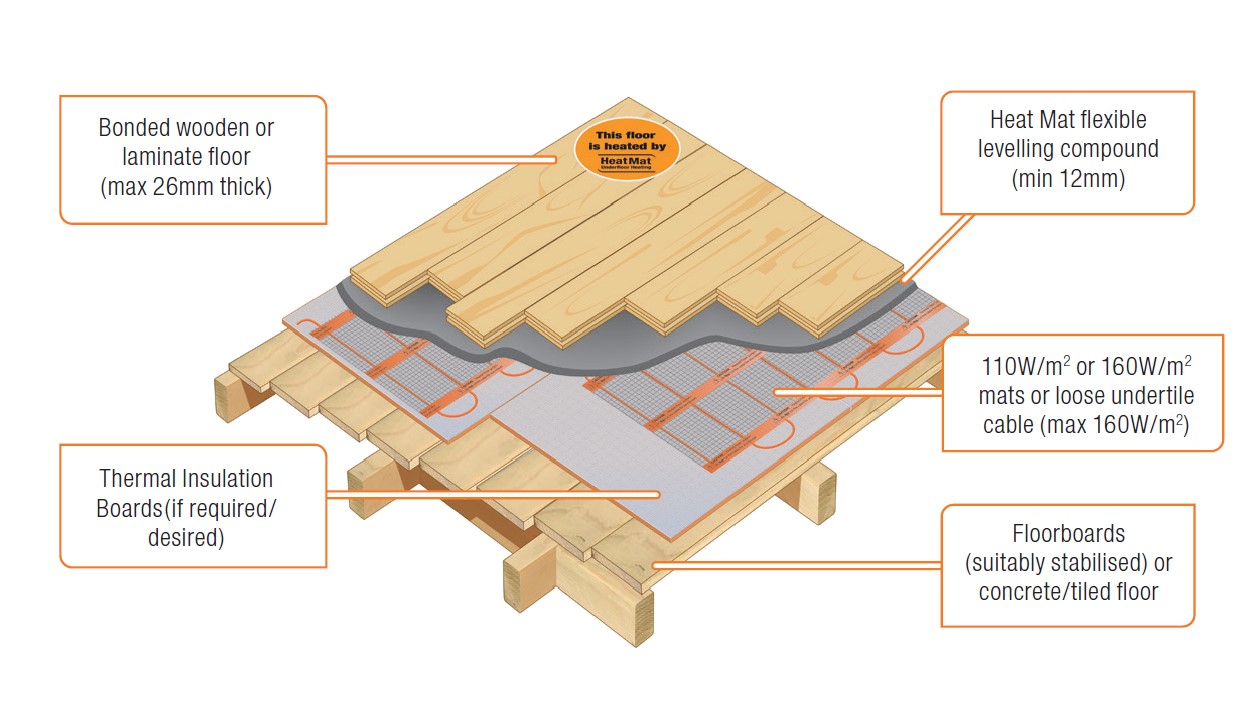Moisture Barrier

Moisture Barrier
Moisture barriers are used within construction to prevent moisture ingressing into the building. They are usually formed of a simple but thick polythene sheet that covers an entire stage of the floor construction process. One example of this is the moisture barrier that is often required by building regulations directly beneath the screed bed in a new build conservatory or similar. In this case the moisture barrier is placed in top of the concrete slab, the underfloor heating is then placed on top of this barrier and the screed is poured directly on top.
An alternative type of moisture barrier used with underfloor heating is the type that is recommended for use above carbon film heating systems by the manufacturers. In most circumstances these moisture barriers main purpose is not to prevent water ingress, it is specified because the carbon film itself does not satisfy the most basic legal requirements for electrical safety. As carbon films are unearthed and often not even double-insulated the moisture barriers have to be specified otherwise they systems do not comply with the 17th Edition wiring regulations. (Please note, a small number of carbon film systems now satisfy the Class II double-insulation requirements however they still do not include an earth for safety, and therefore cannot be installed in wet rooms without earth protection.)


